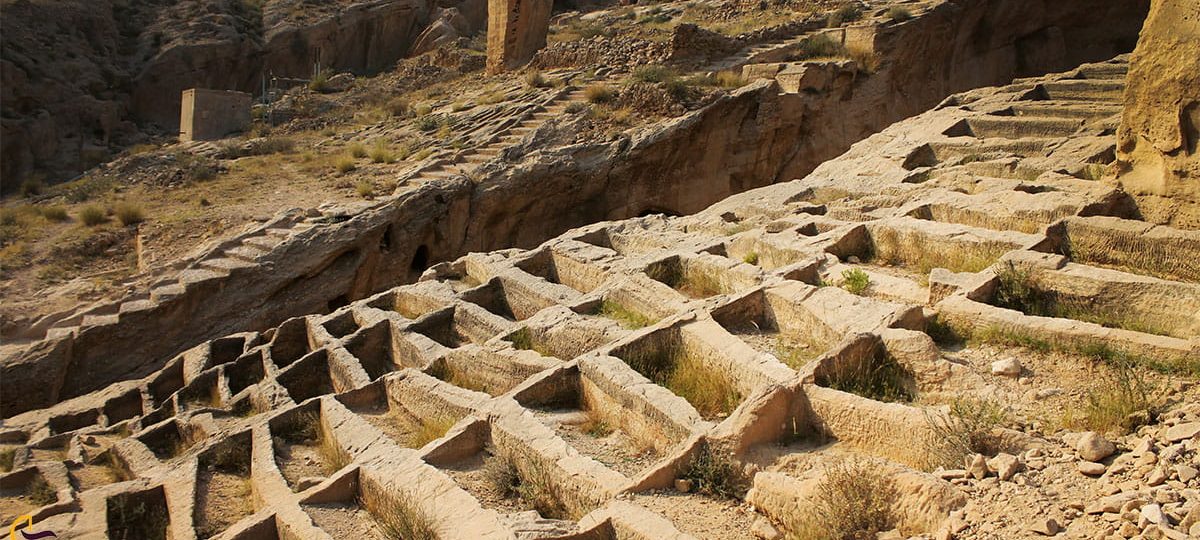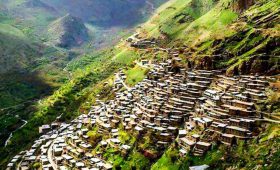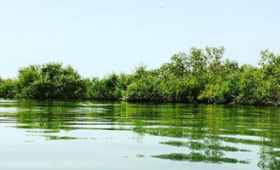Bushehr is one of the southern provinces of the country that has a long history. Most of Blusher’s sights are historical monuments. Siraf rock cemetery is one of the valuable examples that is a proof of the antiquity of this region. The unique graves of Siraf arouse the curiosity of every viewer to know their secret.
One of the most amazing places to see in Siraf is its historical cemetery located in the valley of Lirodi Shiloh; A cemetery with old stone graves that have remained in place despite the passage of time and two terrible earthquakes in recent years. Since this cemetery has been used for people with different religions in different historical periods, experts have called it the cemetery of civilizations.
Siraf rock cemetery probably dates back to the Sassanid and Islamic periods.
Siraf rock cemetery is located in the northwest of Bandar Siraf (place of the ruins of the ancient city of Siraf) and on the southern slopes of the mountains overlooking it.
A large number of rectangular graves, generally 210 cm in length, 50 cm in width, and 40 to 60 cm in depth, have been carved into the stone, and Saroj mortar has been used for geometries or covering the outer surface of the graves. The shape, size, alignment and even the height of the cemetery area have been lost to some extent. In this cemetery, graves generally face west.
The rock cemetery of Siraf is attributed to Zoroastrians. Zoroastrians first placed the dead in open graves so that their flesh decomposed in the open air. Then they would collect the bones and put them in the studs.
In front of the western cemetery, there is another cemetery where as the height of the hill increases, the graves get bigger and the openings get wider and get deeper.
It is likely that the stone graves of the cemetery and the pits dug on the Siraf mountain range were initially created for the purpose of collecting and extracting water, and later they were used as individual or family graves due to the occurrence of unexpected events such as earthquakes or plague and the need to quickly bury the dead. . By paying close attention to the graves found and the existence of a layer of impervious Saroj crust inside the ponds used as graves, we can find out some points about the water supply method in the ancient city of Siraf.




